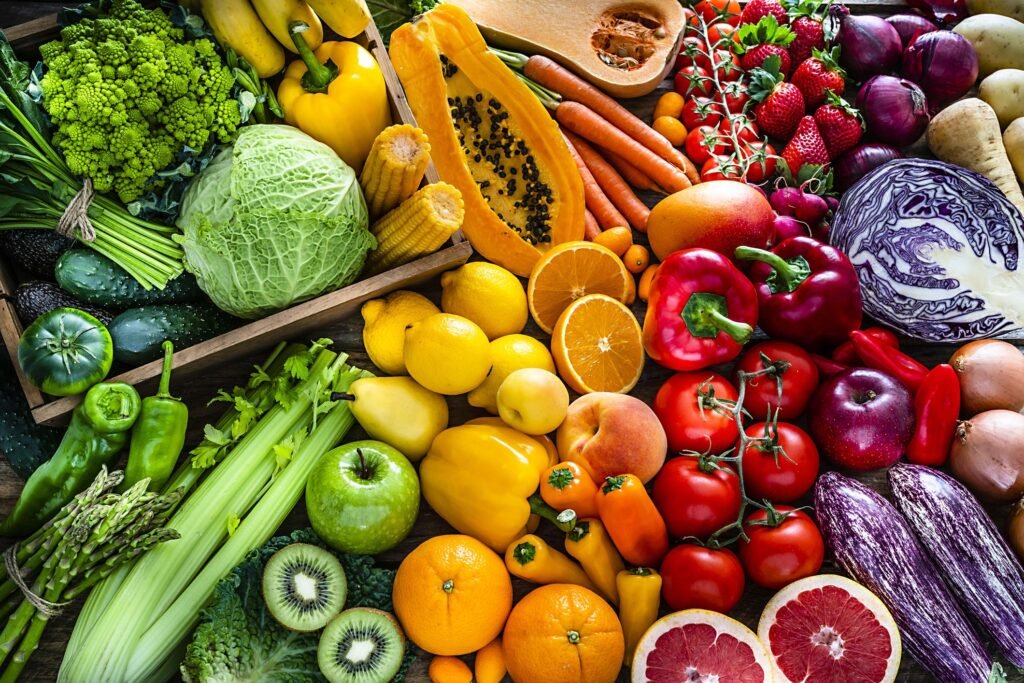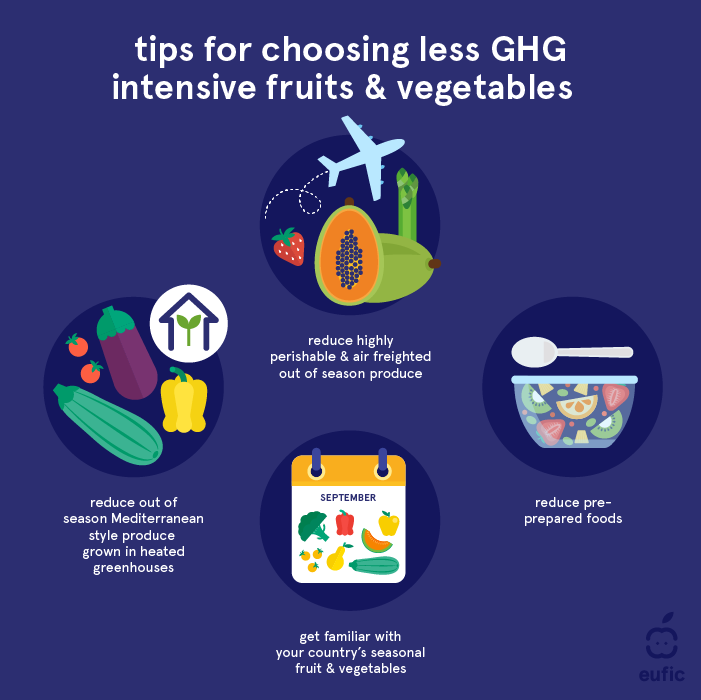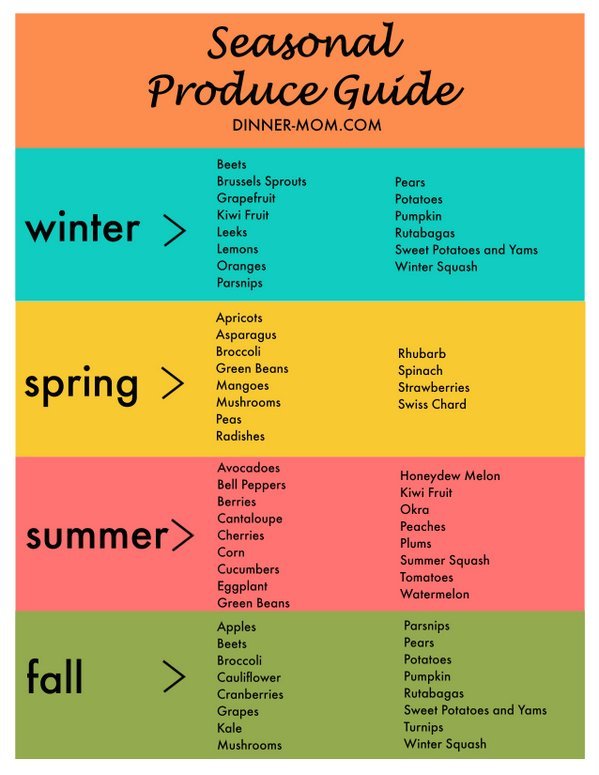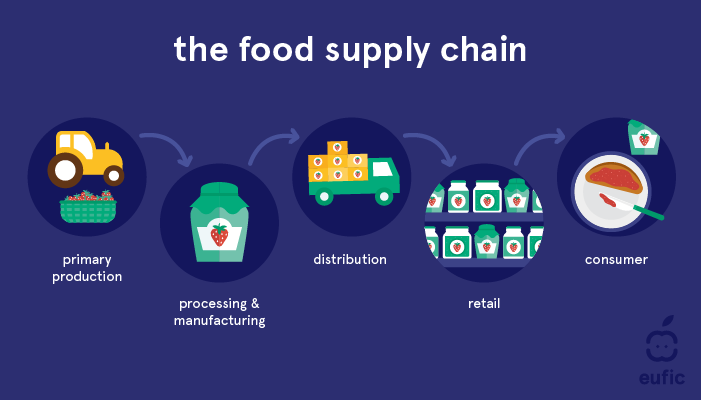Did you ever wonder why certain fruits only appear in your local grocery store during specific times of the year? The answer lies in the fascinating science behind seasonal fruits. As the seasons change, so do the conditions necessary for fruit trees to thrive and produce their delectable bounty. Factors such as temperature, sunlight, rainfall, and pollination play crucial roles in determining when fruits ripen and become available for harvest. Understanding the science behind seasonal fruits not only offers insights into nature’s cycles but also allows us to appreciate and savor these flavorful treats at their peak freshness.
The Science Behind Seasonal Fruits

Introduction to Seasonal Fruits
If you have ever noticed that certain fruits are only available at specific times of the year, you may have wondered why this is the case. The answer lies in the concept of seasonal fruits. Seasonal fruits are those that are naturally ripened and harvested during specific periods of the year when they are at their peak in terms of taste, quality, and nutrition. Understanding the science behind seasonal fruits can not only help us better appreciate their flavors but also enable us to make more informed choices about the food we consume.
Factors Affecting Seasonality
Several factors contribute to the seasonality of fruits. These factors include climatic influences, soil conditions, daylight hours, pollination, genetic factors, and even the gas ethylene. Each of these factors plays a crucial role in determining when certain fruits are available and why they are not available at other times of the year.

Climatic Influence on Seasonality
Climatic conditions have a significant impact on the seasonality of fruits. Different types of fruits require specific temperature ranges, rainfall patterns, and sunlight exposure to grow and ripen properly. For example, citrus fruits such as oranges and lemons thrive in warm and sunny climates, while apples and pears prefer cooler temperatures. The unique climatic requirements of each fruit dictate when it can be grown and harvested.
Role of Soil Conditions
Soil conditions also play an essential role in determining the seasonality of fruits. Fruits have different nutritional requirements, and the composition of the soil can greatly affect their growth and development. The availability of essential minerals, such as potassium and phosphorus, as well as the pH level of the soil, can influence the quality and flavor of the fruit. Farmers carefully cultivate and manage the soil to ensure it provides the optimal conditions for growing seasonal fruits.

Effect of Daylight Hours
Daylight hours have a significant influence on the seasonality of fruits. The length of the day affects the metabolic processes in plants, including photosynthesis and the production of fruit. As seasons change, the number of daylight hours adjusts, signaling to the plants when to flower, set fruit, and ultimately ripen. Variations in daylight duration trigger different fruits to become available in sync with nature’s natural cycles.
Impact of Pollination
Pollination is a critical process that enables fruits to develop and mature. Bees and other pollinators play a vital role in transferring pollen from the male to the female parts of plants, allowing for successful fertilization. Without proper pollination, fruit development may be stunted or fail altogether. The availability of pollinators and their activity levels during different seasons directly impact the seasonality of fruits.

Genetic Factors in Seasonality
The genetic makeup of a fruit plant or tree also influences its seasonality. Different varieties or cultivars of the same fruit can have variations in their maturation periods. Through selective breeding and genetic modification, horticulturists have developed fruit varieties that ripen at different times of the year, extending the availability of certain fruits beyond their natural season. However, it is important to note that these non-seasonal fruits may not possess the same level of flavor and nutrition as their seasonal counterparts.
Ethylene Gas and Fruit Ripening
Ethylene gas is a naturally occurring plant hormone that plays a crucial role in fruit ripening. As fruits reach maturity, they release ethylene gas, which signals other parts of the fruit to change, turning it from a green, unripe state to a ripe and delicious one. Understanding and harnessing the effects of ethylene gas has allowed for the controlled ripening of fruits, enabling them to reach consumers at the optimal level of ripeness.

Storage and Transportation Challenges
While modern technologies allow us to extend the availability of certain fruits, there are still challenges in storing and transporting seasonal fruits. Fresh fruits are delicate and perishable, requiring careful handling and storage conditions to maintain their quality. Cold storage facilities and controlled atmospheres help prolong the post-harvest life of fruits, ensuring that they can be enjoyed even when they are not in season locally. However, these methods cannot fully replicate the flavor and texture of fresh, seasonal fruits.
Benefits of Eating Seasonal Fruits
eating seasonal fruits offers numerous benefits. Firstly, seasonal fruits are fresher and tastier. They are allowed to fully ripen on the plant, enhancing their flavors and natural sweetness. Secondly, seasonal fruits contain higher levels of nutrients. Because they are harvested at their peak, they are packed with essential vitamins, antioxidants, and minerals that are beneficial for our health. Additionally, consuming seasonal fruits supports local farmers and fosters a sustainable food system. By choosing seasonal fruits, you are reducing the need for long-distance transportation and promoting the consumption of locally grown produce.
In conclusion, the science behind seasonal fruits is fascinating and multifaceted. Understanding the factors that contribute to their seasonality allows us to better appreciate their unique qualities and flavors. So the next time you enjoy your favorite seasonal fruit, remember the intricate processes and conditions that have made it available for your enjoyment. Embrace the seasonality of fruits and savor the delicious gifts from nature.

